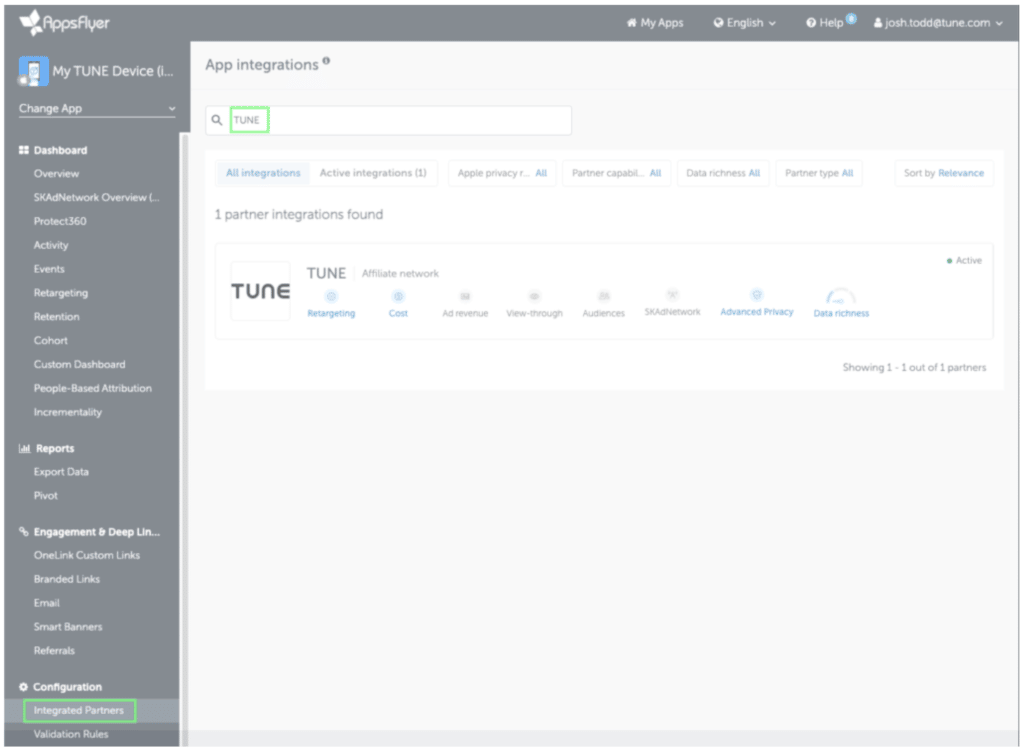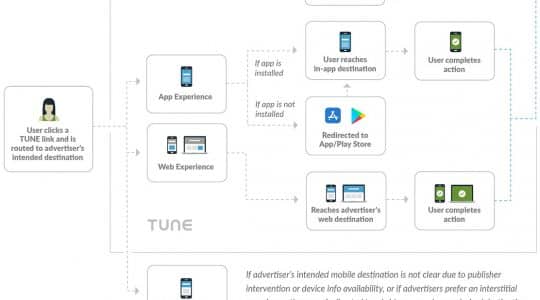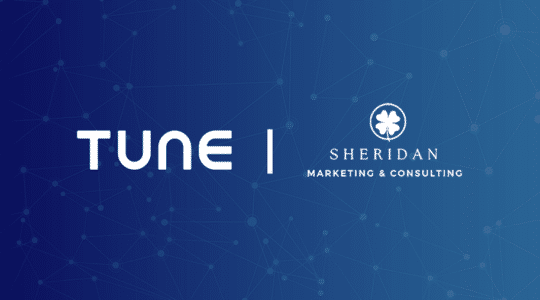
As the rollout of Apple’s iOS 14.5 continues, mobile advertisers are beginning to weigh the impact and look for new ways to measure their campaigns. While Apple’s SKAdNetwork provides one route for measuring users who opt-out of tracking, it leaves much to be desired from a partner marketing standpoint.
That’s why AppsFlyer, the leading mobile attribution platform, designed the Aggregated Advanced Privacy (AAP) framework. Now, TUNE customers who use AppsFlyer can take full advantage of this technology thanks to a new integration with the AAP framework.
TUNE and AAP: The Basics
What exactly is the Aggregated Advanced Privacy framework? According to Oren Kaniel, CEO of AppsFlyer:
“Privacy and security experts widely agree that aggregated data is preferable to user-level data when it comes to privacy and security risks. We have also previously discussed how aggregated measurement can improve both users’ experience and privacy, without building extensive user-level profiles, by simply closing the user feedback loop on an aggregated level as opposed to user-level.
— Oren Kaniel, CEO, AppsFlyer
To that end, Aggregated Advanced Privacy will become the default operational mode, and user-level attribution data will not be available by default for Apple devices operating on iOS 14.5 or above, except in cases that are explicitly permitted by Apple, such as: owned media, ATT consented users, or users who have not yet updated to iOS 14.5.”
Given TUNE’s place in the partner marketing ecosystem, it makes perfect sense for us to integrate with the AppsFlyer AAP framework. This lets advertisers running their partner marketing program through TUNE measure their offers in a privacy-friendly way, as well as enabling TUNE-powered ad networks to provide the same for their customers and partners.
From a technical standpoint, the key difference between AAP and standard attribution is the type of postback used. TUNE’s standard postback format requires a transaction ID to be included on the click, and then passed back in the conversion. However, with AAP, the postback only requires an offer ID and affiliate ID. That way, we can still credit the conversion to the proper partner, but we don’t have a unique ID tying the click to the conversion.
How to Get Started
For advertisers and brands, getting started with the Aggregated Advanced Privacy framework is simple: just use the pre-built integration for TUNE within the AppsFlyer dashboard.

For networks, we can guide you through the process of activating AAP for your custom integration. Just reach out to [email protected] to get started.
In Conclusion
Needless to say, this change is a potentially large one with ramifications for all parties involved. That said, this is the most feasible way that we’ve seen for advertisers and networks to continue measuring partner marketing in a post-iOS 14.5 world.
We’ll be taking a closer look at Apple’s iOS 14.5 on the TUNE Blog in the coming weeks and months. Check back often for information and updates on user opt-in rates, how advertisers are adopting, best practices when presenting pop-up prompts, and more.
In addition, we also offer an integration with AppsFlyer’s OneLink, which makes it easier than ever to create and measure universal links with TUNE.
Have you heard of or implemented a different solution for measuring performance in iOS 14.5? Let us know in the comments below.
Author
Josh Todd, TUNE's former VP of Product, is an innovative product management leader with 12 years of experience in the partner marketing industry. Prior to TUNE, Josh ran an early mobile-focused affiliate network, wrote a marketing blog, and generated thousands of leads for advertisers via targeted media buys.



Leave a Reply
You must be logged in to post a comment.